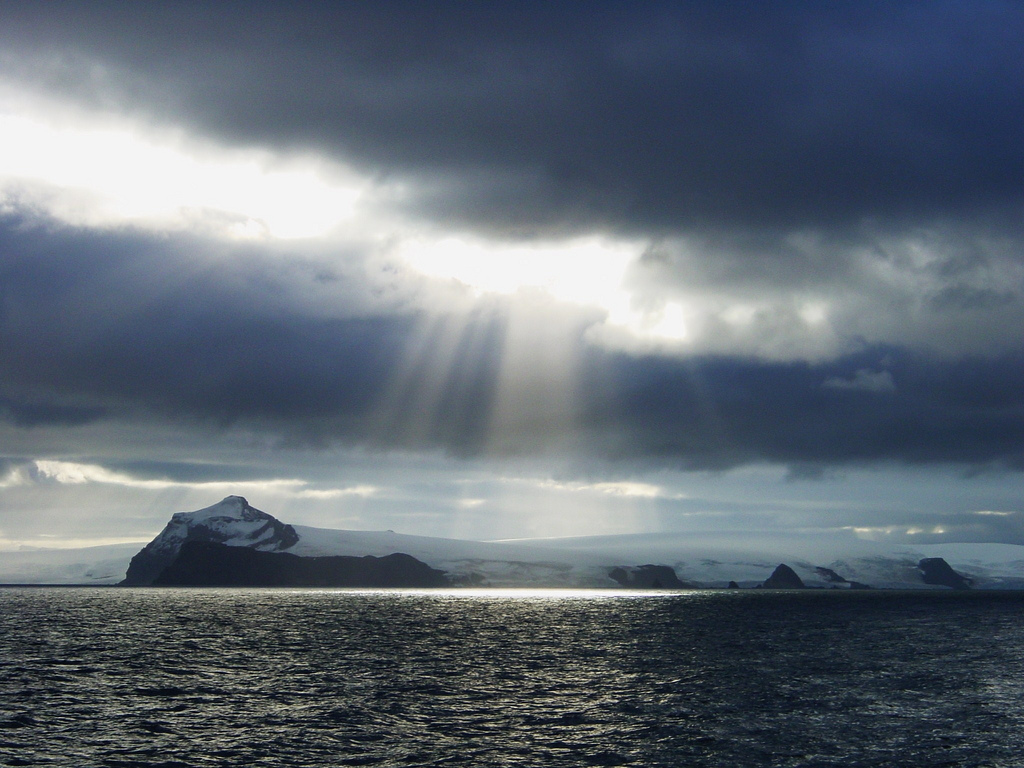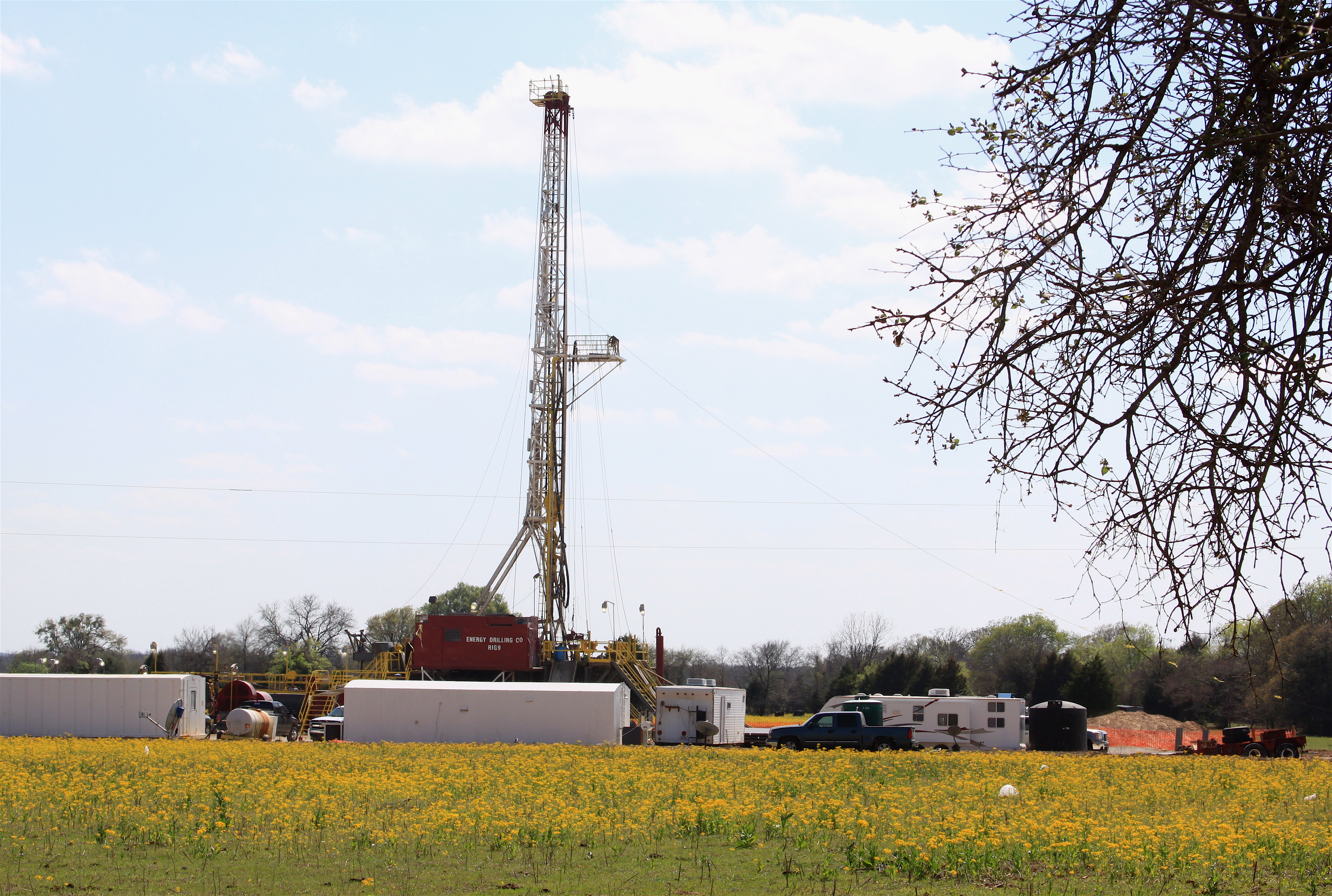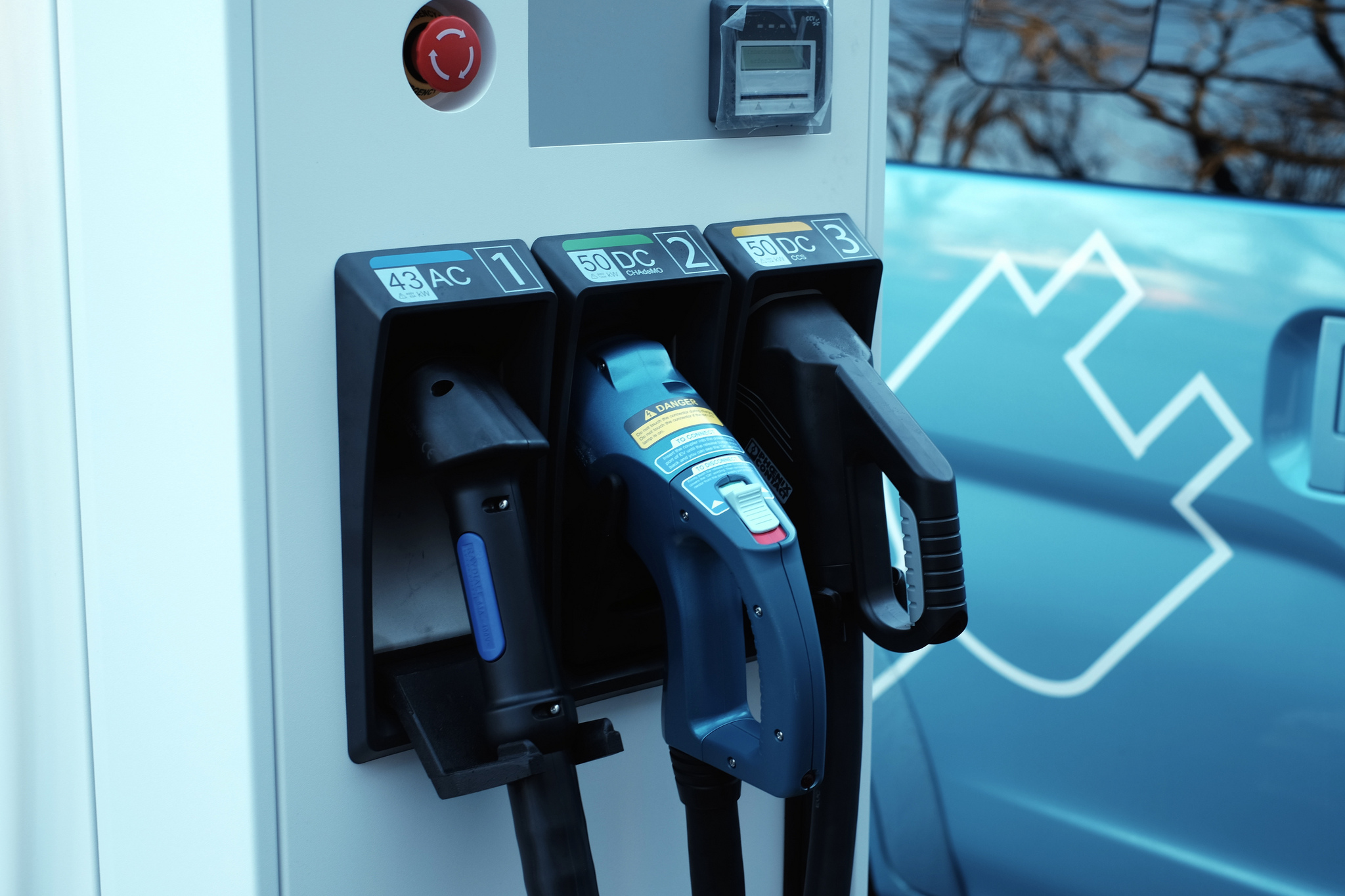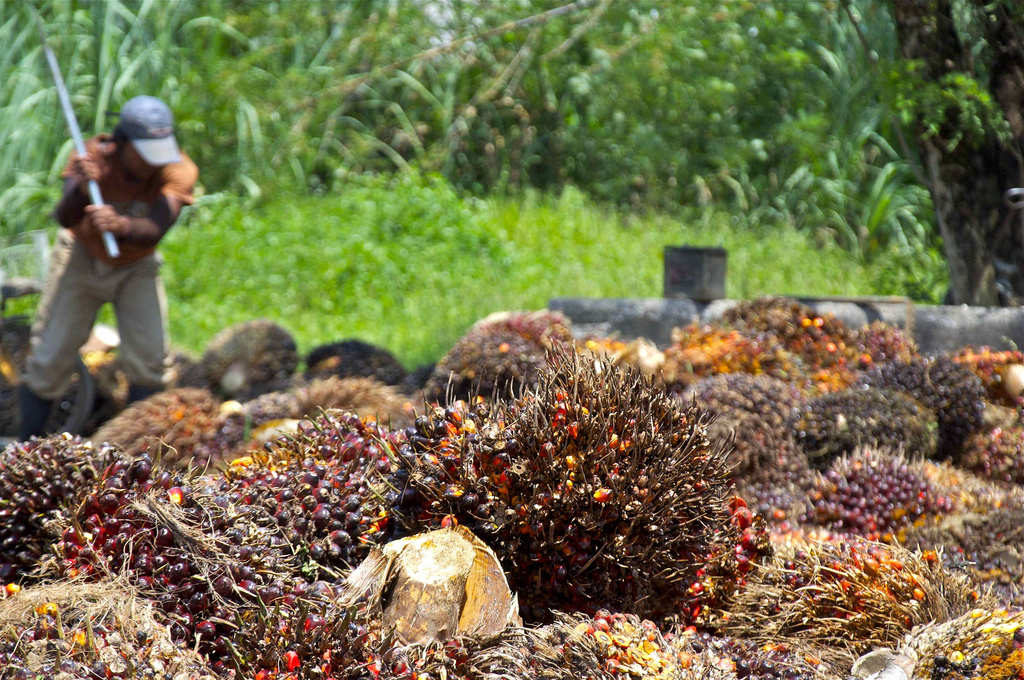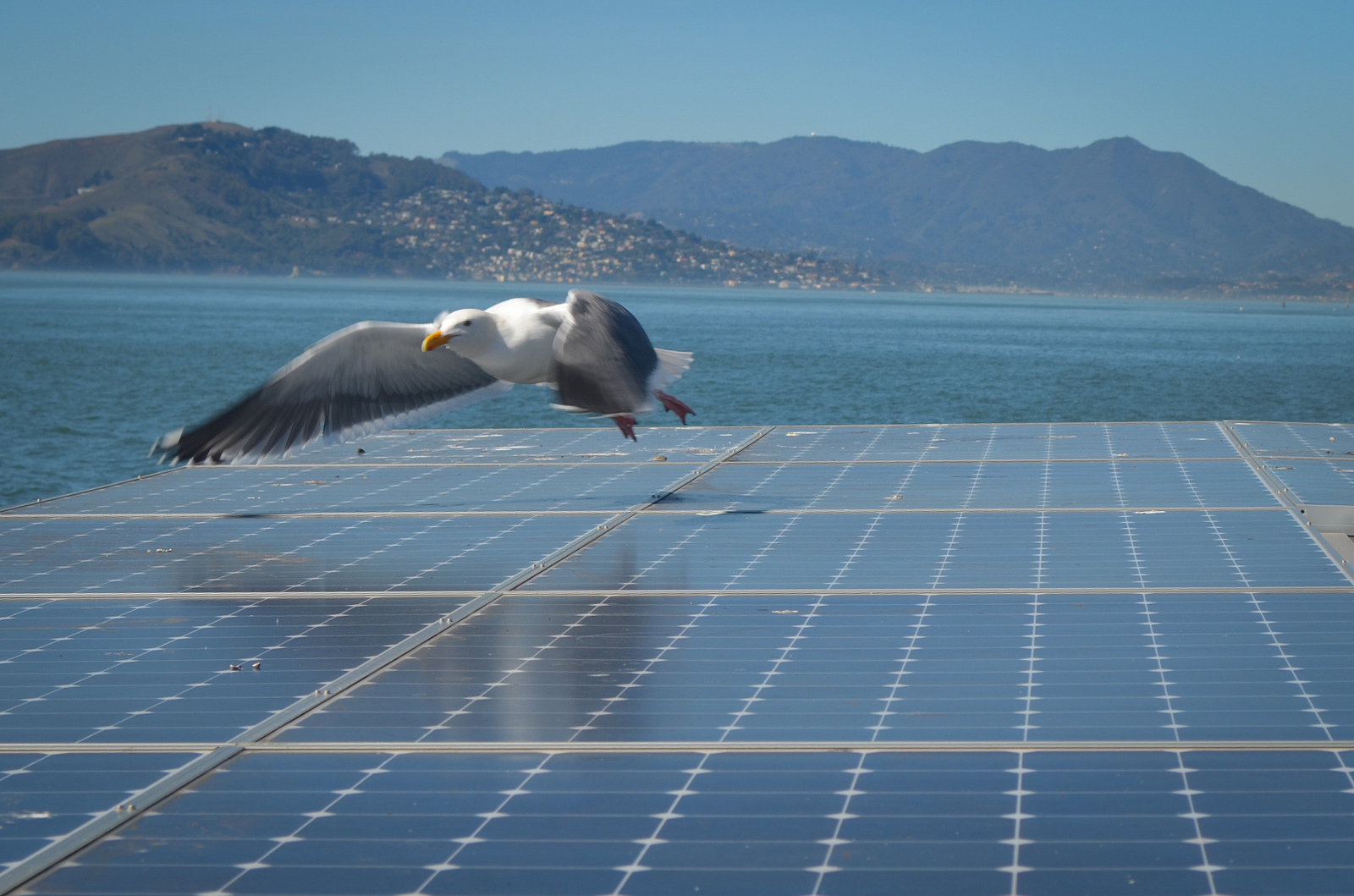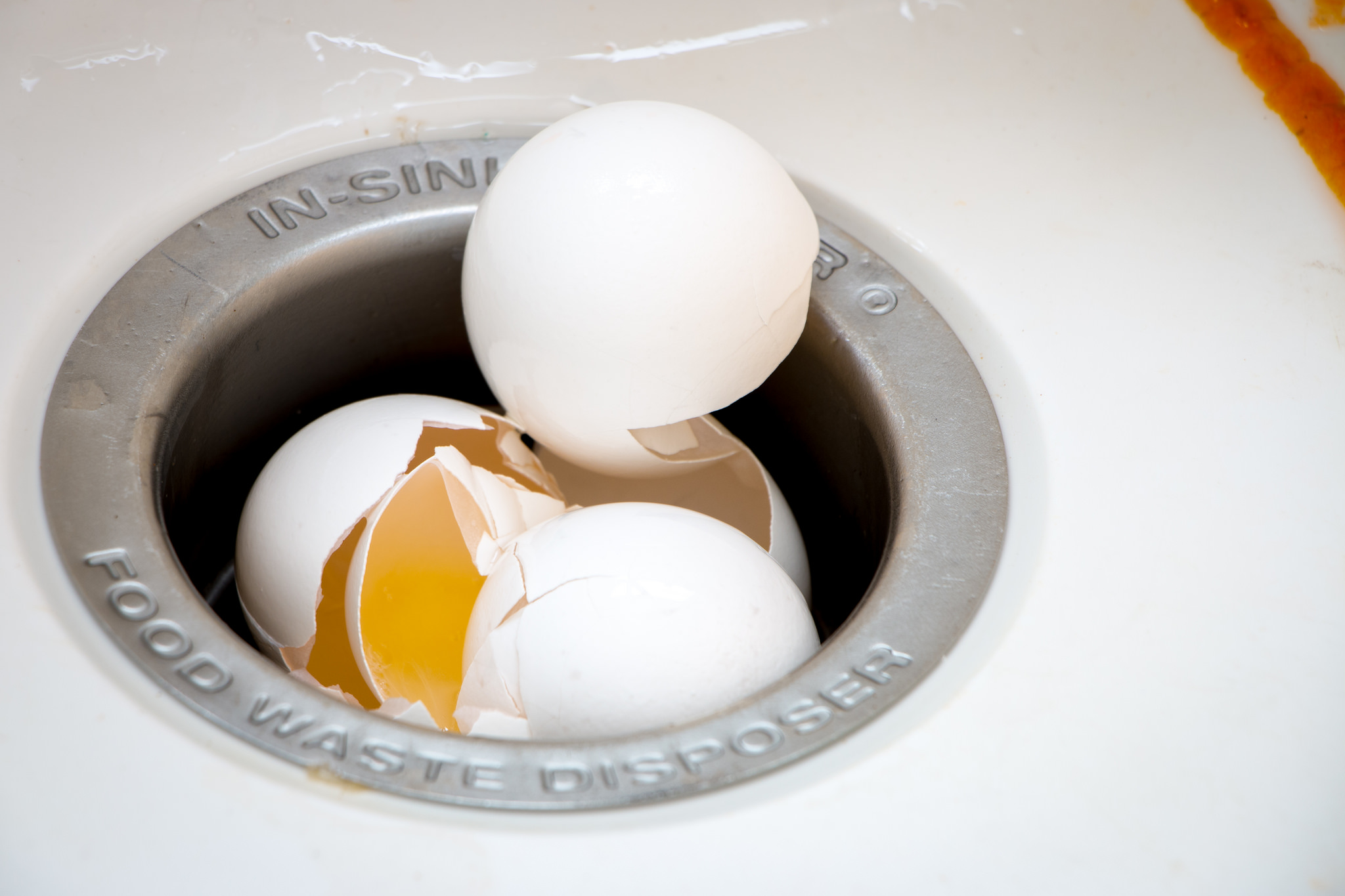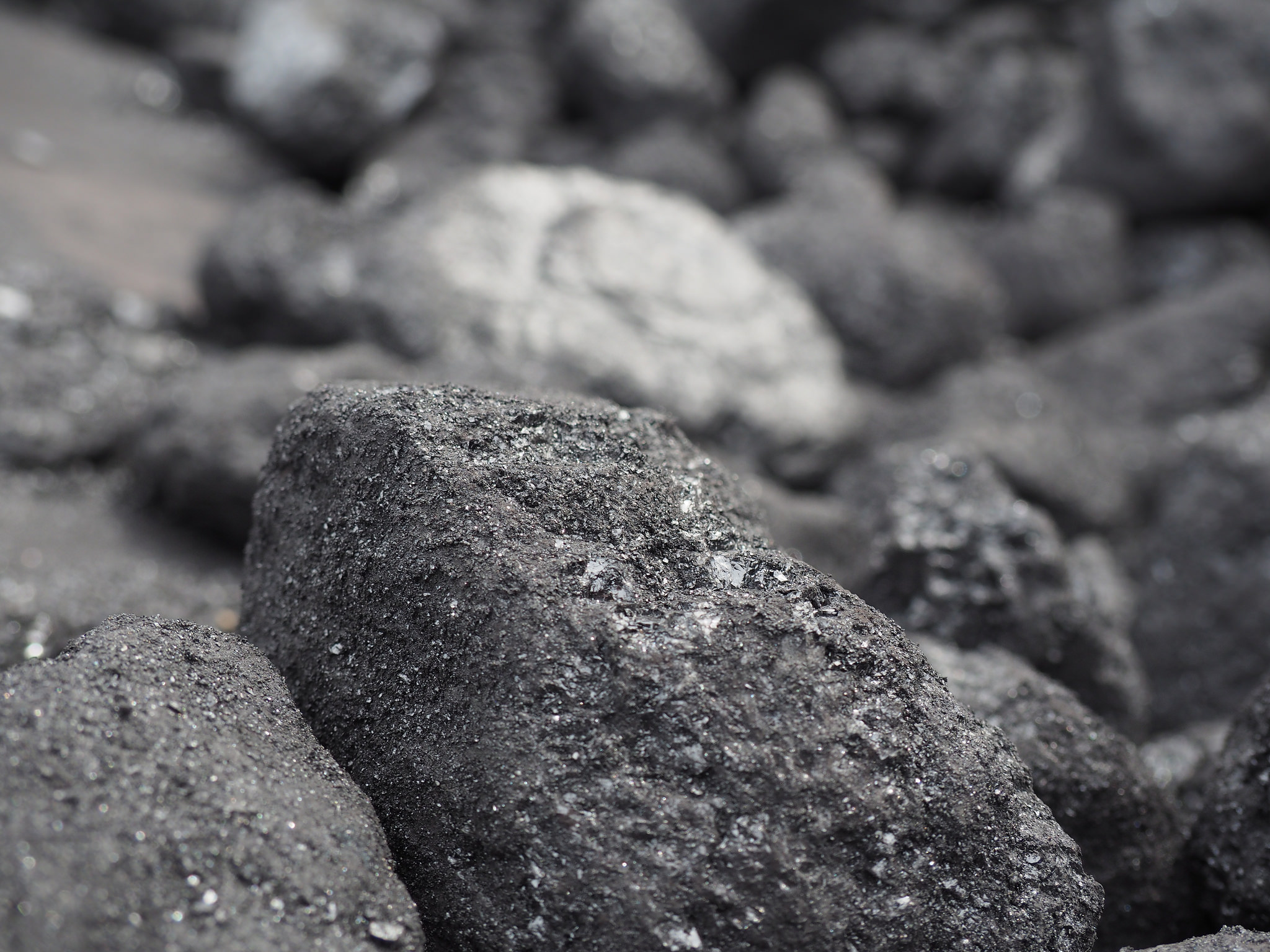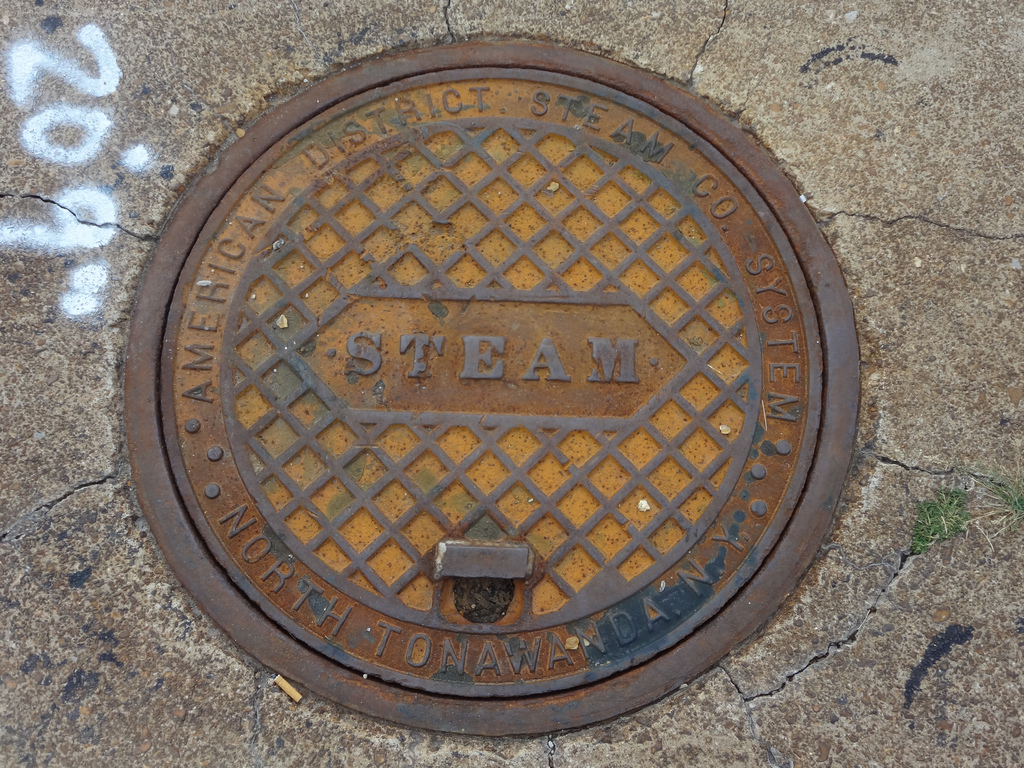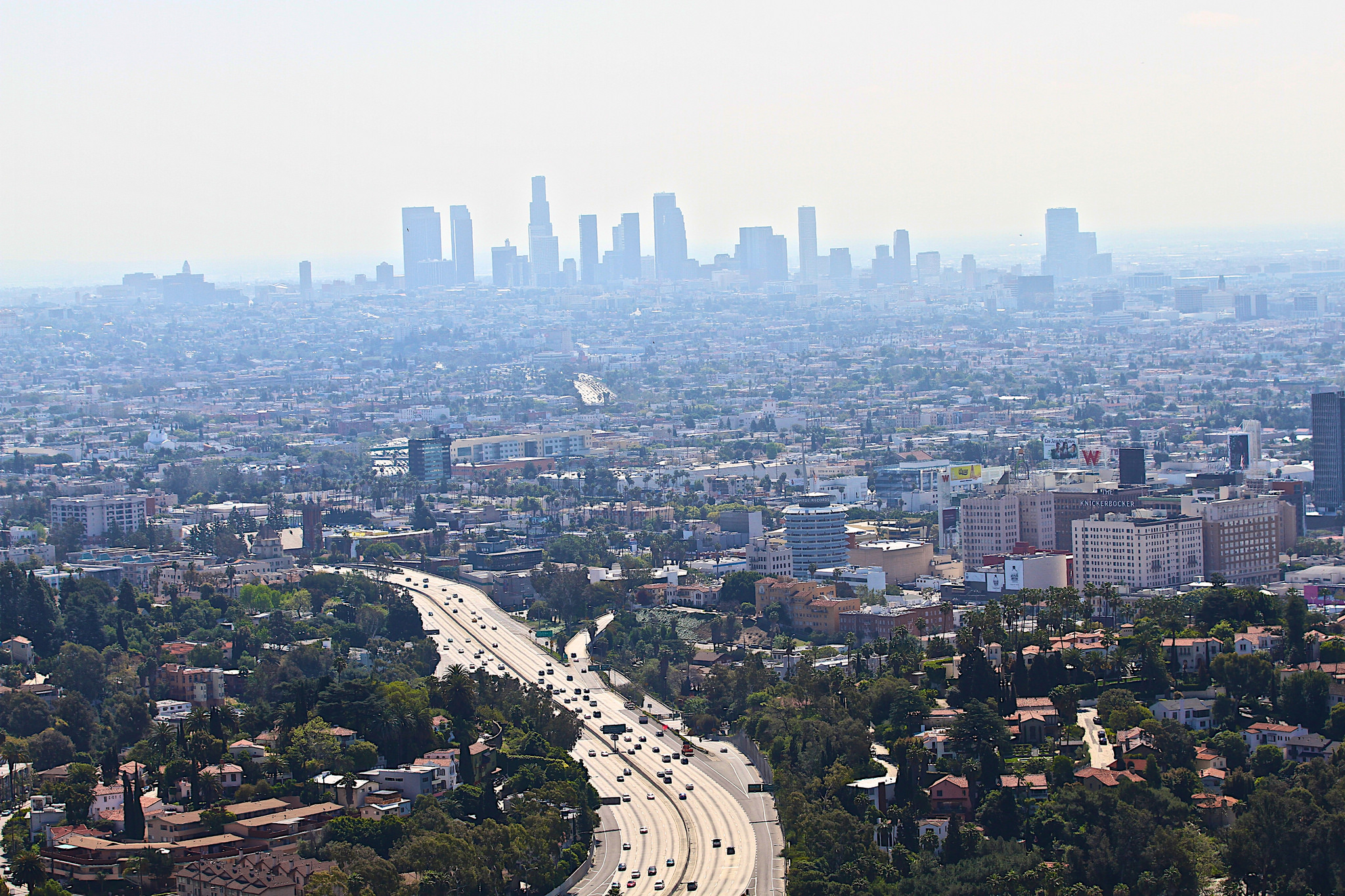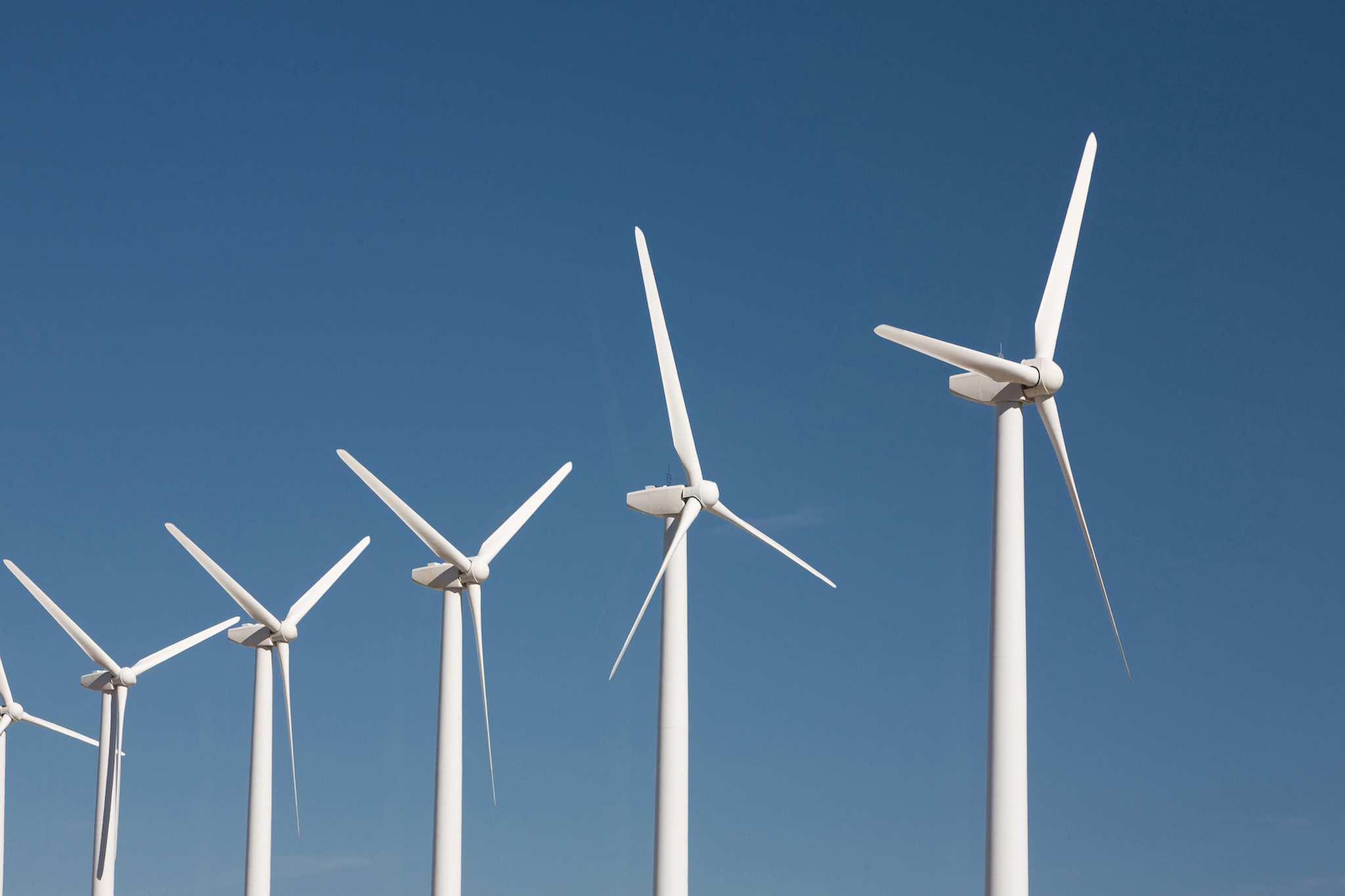greenhouse gas
The Methane Riddle
Most of the blame for climate change has been placed on the growing levels of carbon dioxide in the atmosphere, but methane also plays a major role. Estimates are that about 1/5 of greenhouse effect warming is caused by methane in the atmosphere. There is far less of it than carbon dioxide, but methane is tremendously more effective at trapping heat.
A Climate-Friendlier Coolant
Recently, negotiators from more than 170 countries reached a legally binding accord in Kigali, Rwanda to cut the use of hydroflurocarbons, or HFCs, which are chemical coolants used in air conditioners and refrigerators. HFCs are just a small percentage of the greenhouse gases in the atmosphere, but they are supercharged greenhouse gases that have 1,000 times the heat-trapping potency of carbon dioxide.
Canadian Carbon Tax
The Canadian government has chosen a carbon tax as its national policy to reduce greenhouse gas emissions. This aggressive move could have major repercussions around the world.
Carbon Dioxide Continues To Rise
Back in December of 2013, a little less than three years ago, Earth Wise reported that the observatory on Mauna Loa in Hawaii had briefly measured carbon dioxide levels greater than 400 parts per million for the first time ever. During the following year, readings above the 400 level started to pop up occasionally elsewhere as well.
Finding Methane Leaks
The boom in natural gas drilling by conventional methods and by fracking has led to a spike in methane emissions from pipelines, storage tanks, processing facilities, and other parts of the natural gas system. Natural gas is mostly composed of methane, so these emissions constitute waste and lost revenues. But they also represent a serious environmental problem because methane is 25 times more effective in trapping atmospheric heat than carbon dioxide.
Electric Cars And Climate Change
Electric cars are gradually becoming more popular, but there are still real concerns about their driving range, the availability of charging infrastructure, and their price. Adoption of the technology is still rather slow.
Amazon In Peril
A constitutional amendment being discussed in the Brazilian Senate threatens to set back decades of conservation efforts in the Amazon.
Waste In The Big Apple
New York City, the financial and cultural center as well as the largest city in the country, is known for a lot of things: skyscrapers, shopping, and pizza immediately come to mind. But we should add another thing to that list. Trash.
The Shrinking Ozone Hole
Researchers in Antarctica have been keeping watch on the infamous ozone hole over that continent for several decades. The Montreal Protocol on Substances that Deplete the Ozone Layer was a multinational agreement signed in 1987 designed to reduce the production and consumption of ozone depleting substances that enter the atmosphere. It has been amended in various ways on many occasions over the subsequent years.
Cleaning Up The Palm Industry
Few of us cook with palm oil or have ever even seen the stuff. Nevertheless, half of the world’s consumer products include it as an ingredient and the global market for palm oil could be as high as $50 billion. The palm oil industry has been tied to environmental destruction in countries such as Malaysia and Indonesia and has been found to be complicit in human rights violations.
Solar Power And Drinkable Water
According to a report from the International Food Policy Research Institute, more than half the world’s population will be at risk of water shortages by 2050 if current trends continue. As the climate continues to change, severe droughts are becoming increasingly commonplace.
The Struggle For Fuel Economy
Five years ago, the Obama Administration announced that the Corporate Average Fuel Economy or CAFE standard for the year 2025 would be 54.5 miles-per-gallon. They estimated that improving the average fuel economy of cars and light-duty trucks to this level would save car owners $1.7 trillion at the pump and eliminate more than 6 billion metric tons of greenhouse gas emissions.
Mandatory Solar In San Francisco
California leads the nation in the use of solar energy with well over half the country’s solar electric capacity. The state is the home of several of the largest thermal solar generating plants in the world and between those and multiple utility-scale photovoltaic plants, California utilities get more than 5% of their power from the sun.
Stop Putting Food Waste Down The Drain
Should we really be putting food scraps down our sinks? Advertisements for kitchen garbage disposals assure us that these devices are a ‘hygienic way of eliminating waste and keeping odors at bay’ – but behind marketing materials questions remain.
Scottish Coal
The Scottish government has an ambitious plan to meet 100 percent of its demand for electricity from renewable sources by 2020. Like much of the world, Scotland has produced significant amounts of its electricity by burning coal for more than 100 years. But no longer.
Greener Friendly Skies
In March, United Airlines began using a new biofuel for flights between Los Angeles and San Francisco. The fuel is a renewable product called Honeywell Green Jet Fuel that can replace up to half of the petroleum jet fuel used in flight without any changes to the aircraft technology and it meets all current jet fuel specifications.
Green Steam
Many of the world’s biggest cities have miles of underground pipes built decades ago that provide district energy. District energy systems use a central plant to produce steam, hot water or chilled water that is then piped underground to individual buildings for space heating, domestic hot water heating and air conditioning. As a result, individual buildings served by a district energy system don’t need their own boilers or furnaces, chillers or air conditioners.
Dangerous Air
Much of the public discourse about pollution is focused on the long-term consequences of greenhouse gases in the atmosphere. There are still some who doubt that such consequences are really in the offing or that our actions are responsible in any case.




